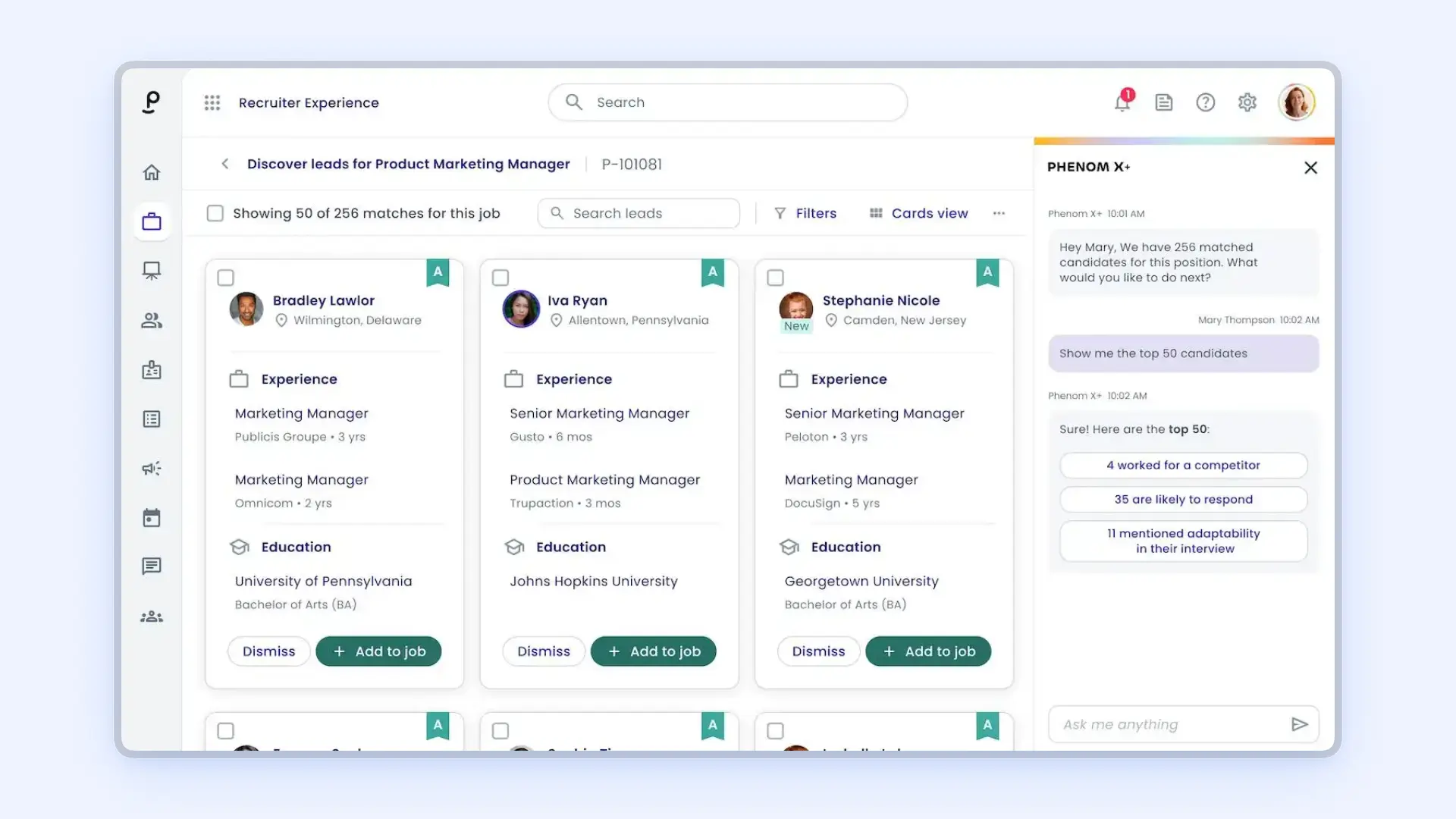Out of Chaos into Clarity: Advantages of Contemporary Staffing Tools
In the current fast-paced business world, the task of finding and recruiting the best talent can often feel overwhelming. With many candidates vying for positions and an always shifting job market, companies face the difficulty of wading through lots of applications to identify those who truly fit their needs. This is where modern hiring tools come into play, turning what was once a chaotic and time-consuming task into a streamlined and efficient method.
Hiring software has emerged as a vital asset for organizations looking to enhance their recruitment practices. By utilizing technology, businesses are not only able to save precious time during the hiring process but also boost the quality of their new employees. The benefits extend beyond mere efficiency; these tools provide valuable insights into candidate databases, facilitate better communication, and cultivate a more interactive experience for both recruiters and applicants. As companies strive to attract top talent in a competitive landscape, the significance of comprehensive hiring software cannot be ignored.
Enhancing the Recruitment Process

Current recruitment software substantially enhances the productivity of the recruitment process, allowing companies to oversee applications and track candidates smoothly. By software recruitment as CV screening and interview scheduling, organizations can direct their time and resources more effectively. This minimization in administrative overhead enables that HR teams can concentrate on what truly is important – identifying the right talent for their firm.
Additionally, these instruments provide a organized approach to recruitment that minimizes the disorder often associated with hiring. Features such as team-based hiring features facilitate hiring teams to distribute feedback and insights in real time, guaranteeing that the team is on the same wavelength. This cooperation fosters a more aware decision-making process, ultimately culminating in better recruitment outcomes and a more cohesive team dynamic.
In conclusion, new recruitment software enhances interaction between candidates and hiring managers. By providing a single platform for updates and alerts, candidates stay engaged throughout the recruitment journey. This improved communication not only boosts the candidate experience but also demonstrates positively on the firm's brand, making it more inviting to future talent.
Elevating Candidate Experience
In the challenging landscape of hiring, improving the candidate experience is paramount. Recruitment software plays a critical role in simplifying the application workflow, making it more straightforward for applicants to navigate job openings and submit their applications. With intuitive interfaces and mobile optimization, candidates can submit their applications at any time and anywhere, leading to increased engagement and a elevated volume of submissions.
Interaction is a critical factor in candidate experience, and modern recruitment technologies facilitate prompt and transparent interactions. Automated updates regarding submission status, interview scheduling, and responses help applicants feel educated and valued throughout the journey. This not only reduces nervousness but also encourages a favorable impression of the company, even among those who may not be picked for a position.
Additionally, recruitment software often enables tailored applicant interactions by allowing personalized communications and assessments. By utilizing data-driven insights, companies can more effectively align job descriptions with applicant interests and qualifications. This individual approach not only attracts top talent but also ensures that applicants feel recognized and acknowledged, elevating their complete experience with the recruitment process.
Data-Informed Decision Making
In the cutthroat landscape of current recruitment, leveraging data is vital for forming data-driven hiring decisions. Recruitment software delivers valuable insights and analytics that allow companies to assess the effectiveness of their hiring processes. By analyzing metrics such as time-to-hire, source-to-hire, and candidate success rates, organizations can discover trends and make essential adjustments to streamline their recruitment efforts.
Harnessing data-driven insights enables companies to better understand their candidate pool. For example, recruitment software can assess demographic patterns, skills gaps, and applicant behavior, thus helping recruiters target the right talent for specific roles. This ensures that hiring managers are not only evaluating a diverse range of candidates but are also focusing on individuals who possess the right qualifications and ability to succeed within the company.
Additionally, data-driven decision making reduces biases that can occur during the hiring process. With data-driven data at hand, hiring teams can evaluate applicants based on relevant criteria rather than personal impressions. This approach encourages a more just recruitment environment and helps organizations make choices that match more closely with their overall strategic goals, ultimately leading to better workforce quality and performance.